Home>Garden Essentials>When Can I Plant Poppy Seeds
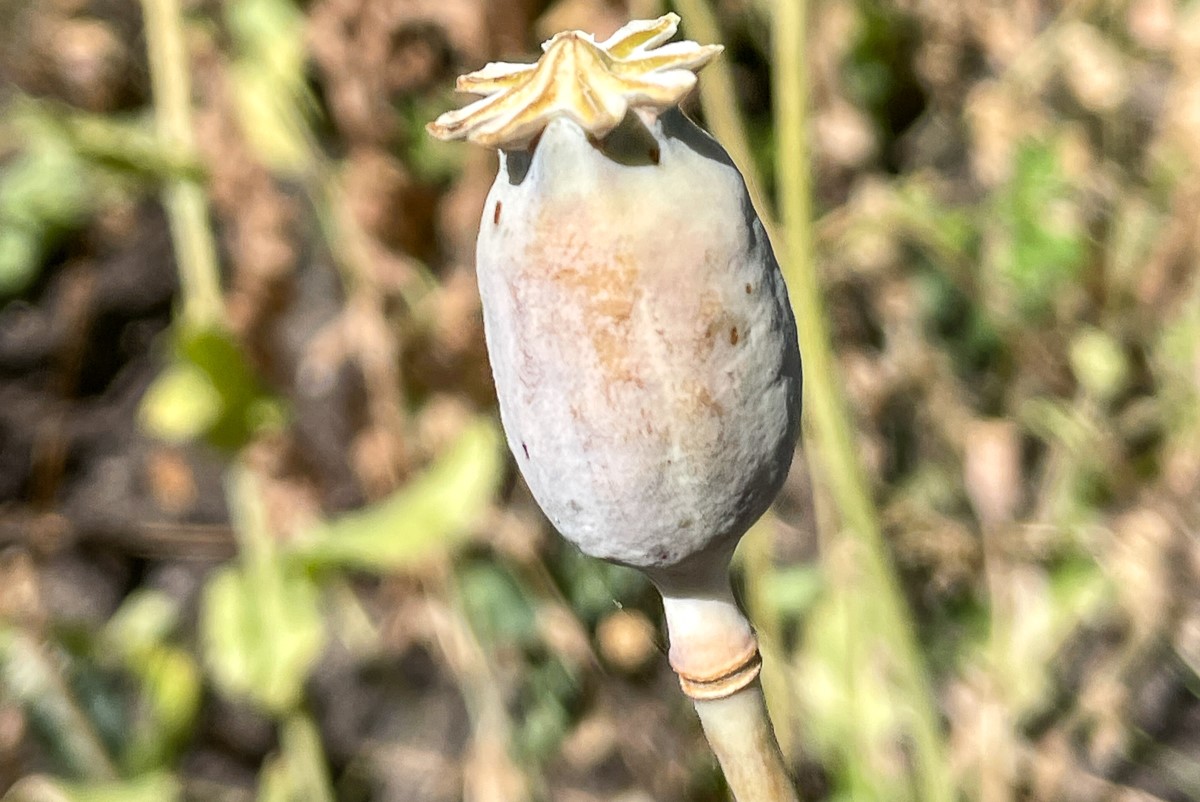

Garden Essentials
When Can I Plant Poppy Seeds
Modified: April 28, 2024
Discover when the best time to plant poppy seeds in your garden is. Learn about optimal conditions and helpful tips for successful growth.
(Many of the links in this article redirect to a specific reviewed product. Your purchase of these products through affiliate links helps to generate commission for Storables.com, at no extra cost. Learn more)
Introduction
Growing plants from seeds can be an incredibly rewarding and satisfying experience, especially when it comes to vibrant and delicate flowers like poppies. If you are a gardening enthusiast or simply looking to add a touch of natural beauty to your outdoor space, planting poppy seeds might be the perfect choice for you.
Poppy seeds, derived from the opium poppy plant (Papaver somniferum), are commonly used in culinary applications and have been cultivated for thousands of years. However, in this article, we will focus on the ornamental variety of poppies that add a burst of color to gardens, meadows, and even pots or containers.
Planting poppy seeds requires some knowledge and consideration, as these delicate flowers have specific requirements to ensure successful germination and growth. In this article, we will explore the factors to consider when it comes to planting poppy seeds, from climate and season to soil preparation and care.
Whether you are a beginner gardener or have some experience under your belt, understanding the process of planting poppy seeds will help you create a stunning floral display that will catch the eye and bring joy to your environment.
So, if you’ve ever wondered, “When can I plant poppy seeds?” or “How can I ensure the best conditions for poppy germination and growth?” you’ve come to the right place. Read on to delve into the world of poppy seeds and uncover the secrets to growing these breathtaking flowers.
Key Takeaways:
- Plant poppy seeds in cool to mild climates, ensuring well-draining soil and full sun exposure. Follow proper preparation and planting techniques for successful germination and growth.
- Harvest poppy seeds after the seed pods have dried and turned brown. Store them in airtight containers for future planting or culinary use.
Read more: When To Plant California Poppy Seeds
Understanding Poppy Seeds
Before diving into the process of planting poppy seeds, it’s important to have a basic understanding of what poppy seeds are and the different varieties available. Poppy seeds come from the opium poppy plant, which is native to the Mediterranean region but cultivated worldwide.
There are various species and cultivars of poppies, each boasting unique characteristics and colors. Some popular ornamental poppy varieties include the California poppy (Eschscholzia californica) with its vibrant orange flowers, the Iceland poppy (Papaver nudicaule) known for its delicate pastel hues, and the Oriental poppy (Papaver orientale) with its large, showy blooms in shades of pink, red, and orange.
Poppy seeds themselves are tiny, kidney-shaped, and usually slate blue or black in color. They are rich in oil and have a distinct, nutty flavor, which makes them a popular ingredient in baking and cooking.
When it comes to planting poppy seeds, it’s worth noting that they have a self-sowing nature. This means that once the flowers have finished blooming and the seed pods have dried, the pods will split open, dispersing the seeds onto the surrounding soil. These seeds will lay dormant until favorable conditions for germination are present.
It’s also important to be aware that certain poppy species, such as the opium poppy, have legal restrictions and may require special permits to cultivate due to their potential for narcotic uses.
Now that we have a basic understanding of poppy seeds and their varieties, let’s delve into the factors you need to consider when planting these beautiful flowers.
Factors to Consider
When it comes to successfully planting and growing poppy seeds, several factors need to be taken into consideration. These factors include the climate and season, soil conditions, and the preparation and planting process.
Climate and Season: Poppies thrive best in cool to mild climates, with temperatures between 50°F (10°C) to 75°F (24°C). While they can tolerate a wide range of temperatures, extreme heat or frost can hinder their growth. It’s essential to check the specific requirements of the poppy variety you intend to plant and choose a suitable season for sowing the seeds.
Soil and Location: Poppies prefer well-draining soil with a slightly acidic to neutral pH level. They don’t do well in heavy or waterlogged soil, so it’s crucial to ensure your planting area has good drainage. Additionally, poppies thrive in areas with full sun exposure, although they can tolerate partial shade in hotter regions.
Preparation and Planting: Before sowing the poppy seeds, prepare the soil by removing any weeds, rocks, or debris. Loosen the soil using a garden fork or tiller, and amend it with organic matter, such as compost, to improve its fertility and texture. Scatter the poppy seeds evenly over the prepared soil, and lightly press them into the soil’s surface. Avoid covering the seeds with too much soil, as they need light to germinate.
It’s worth noting that some poppy seeds, such as the California poppy, may benefit from a period of cold stratification before planting. Cold stratification is a process that mimics the natural winter cold, and it can be achieved by refrigerating the seeds for a few weeks before sowing.
Now that you’ve taken these factors into consideration, let’s move on to the germination and growth process of poppy seeds.
Climate and Season
The climate and season play a vital role in determining the success of growing poppy seeds. Poppies are generally cool-season plants that thrive in climates with moderate temperatures. These flowers prefer temperatures between 50°F (10°C) to 75°F (24°C) for optimal growth.
In regions with hot summers, it’s recommended to plant poppy seeds in early spring or late fall when the temperatures are cooler. This allows the plants to establish themselves before the intense heat arrives.
In colder regions, poppies can be planted in early to mid-spring, as long as the soil is workable and not frozen. It’s important to avoid planting poppy seeds too early in the spring when there is still a risk of frost, as this could damage or kill the young plants.
If you live in an area with mild winters and cool summers, fall planting can also be successful. This allows the poppies to establish their root system over the winter months and bloom in the following spring.
It’s important to note that the specific poppy variety you choose may have different temperature and season requirements. Some varieties, like the California poppy, are more tolerant of warmer temperatures and can be planted in late spring or early summer. Others, like the Oriental poppy, prefer cooler temperatures and may not perform well in regions with hot summers.
Before planting poppy seeds, it’s always a good idea to research the specific temperature and season preferences of the variety you’re interested in growing. This ensures that you plant them at the ideal time for your climate, giving them the best chance of success.
By understanding the climate and season requirements of poppy seeds, you can plan your planting schedule accordingly and create a thriving garden filled with vibrant and stunning poppy blooms.
Soil and Location
The choice of soil and location is crucial when it comes to planting poppy seeds. Poppies thrive in well-draining soil that is rich in organic matter. Here are some important factors to consider when it comes to soil and location:
Soil Drainage: Poppies do not tolerate waterlogged or heavy clay soil. It is essential to ensure that the soil has good drainage to prevent the roots from becoming waterlogged, which can lead to root rot and other issues. If your soil tends to hold water, you can improve drainage by adding organic matter, such as compost or well-rotted manure, to loosen the soil structure and promote better water flow.
pH Level: Poppies prefer slightly acidic to neutral soil with a pH level between 6.0 and 7.5. You can test the pH level of your soil using a soil testing kit available at garden centers. If the soil is too acidic, you can add lime to raise the pH. On the other hand, if the soil is too alkaline, you can amend it with organic matter like peat moss or sulfur to lower the pH.
Location: Poppies thrive in areas with full sun exposure. They require a minimum of 6 to 8 hours of direct sunlight per day to grow and bloom to their full potential. Planting poppies in a location with ample sunlight ensures that they have access to the energy they need for photosynthesis and healthy growth. However, if you live in a hot climate, some afternoon shade can provide relief from the intense heat.
Before planting poppy seeds, it’s essential to prepare the planting area properly. Remove any weeds, rocks, or debris from the soil and loosen it using a garden fork or tiller. This loosening will help the roots penetrate the soil easily and allow for better nutrient and water absorption.
Adding organic matter, such as compost or well-rotted manure, to the soil can improve its fertility and structure. The added organic matter also helps retain moisture in the soil, ensuring that the poppy plants have a constant water supply.
By selecting a location with proper sunlight exposure and preparing the soil to meet the needs of poppy seeds, you will create an ideal environment for these beautiful flowers to thrive and adorn your garden with their vibrant colors.
You can plant poppy seeds in early spring or late fall. Make sure the soil is well-drained and in a sunny spot. Scatter the seeds on the soil and lightly press them in. Keep the soil moist until the seeds germinate.
Read more: When Can I Plant Grass Seed
Preparation and Planting
Preparation and proper planting techniques are crucial for the successful growth of poppy seeds. Here are some essential steps to follow when it comes to preparing your planting area and sowing the seeds:
Clear the Area: Start by clearing the area where you plan to plant the poppy seeds. Remove any weeds, rocks, or debris to create a clean and open space for the seeds to grow.
Soil Preparation: Once the area is clear, prepare the soil. Loosen the soil using a garden fork or tiller to a depth of about 6 to 8 inches (15 to 20 cm). This loosening is important for the poppy roots to penetrate easily and establish a strong foundation.
Amend the Soil: Depending on the quality of your soil, you may need to amend it with organic matter. Add compost, well-rotted manure, or peat moss to improve the soil’s fertility, structure, and moisture-holding capacity. Work the amendments into the loosened soil evenly.
Sow the Seeds: Scatter the poppy seeds over the prepared soil, aiming for an even distribution. Keep in mind that poppy seeds are tiny, so it may be helpful to mix them with sand or fine soil to make sowing easier and ensure a more even spread.
Press the Seeds: Lightly press the seeds into the soil’s surface with your hand or the back of a garden rake. This helps ensure good seed-to-soil contact, which is crucial for successful germination.
Water the Seeds: After planting, give the area a gentle and thorough watering. This helps settle the seeds into the soil and provides them with the moisture they need to initiate germination. Be careful not to overwater, as excessive moisture can lead to rotting.
It’s worth noting that some poppy seeds, like the California poppy, may benefit from a process called cold stratification before planting. Cold stratification involves refrigerating the seeds for a few weeks in a sealed bag with moistened vermiculite or paper towels. This mimics the winter conditions that naturally break seed dormancy. After the cold stratification period, plant the pre-treated seeds following the steps mentioned above.
By properly preparing the soil and ensuring good seed-to-soil contact, you set the stage for successful germination and growth of your poppy seeds. Patience and consistent care will soon reward you with a beautiful display of vibrant poppy flowers.
Germination and Growth
Once the poppy seeds are planted, it’s time to embark on the exciting journey of germination and growth. Here are some important factors to consider during this crucial phase:
Germination Timeframe: Poppy seeds typically germinate within 7 to 14 days, although it may take longer depending on the specific variety and environmental conditions. Be patient and give the seeds adequate time to sprout.
Moisture: During the germination phase, it’s important to keep the soil consistently moist but not waterlogged. Water the area gently and evenly to provide the seeds with sufficient moisture for sprouting. However, be cautious not to overwater, as excessive moisture can cause the seeds to rot.
Thinning Seedlings: Once the seedlings have emerged, they may appear crowded. It’s essential to thin them out to allow proper airflow and prevent competition for resources. Thin the seedlings to a distance of about 6 to 8 inches (15 to 20 cm) apart, giving each plant ample space to grow and develop.
Optimal Growing Conditions: Poppies thrive in full sun to light shade. Provide them with at least 6 hours of direct sunlight per day to promote healthy growth and abundant flowering. Ensure the planting area has well-draining soil and avoid overwatering to prevent root rot and other issues.
Fertilization: Poppies generally do not require heavy fertilization. However, if your soil is nutrient-poor, you can apply a balanced, slow-release fertilizer during the early stages of growth. Follow the manufacturer’s instructions for application rates and timing.
Weed Control: Regularly weed the area surrounding the poppy plants to minimize competition for nutrients, water, and sunlight. Be careful when weeding to avoid disturbing the shallow root system of the poppies.
Support for Tall Varieties: Some poppy varieties, such as the Oriental poppy, can grow tall and may require staking or support as they mature. Install stakes or other supports early on to prevent damage to the plants later.
With proper care and attention to these factors, your poppy seedlings will grow and thrive, developing into beautiful, blooming plants. Enjoy the process and anticipate the stunning display of vibrant colors that will grace your garden.
Maintenance and Care
Maintaining and caring for your poppy plants is essential to ensure their health and longevity. Here are some important maintenance tasks and care tips to help your poppies thrive:
Watering: Once established, poppies are generally drought-tolerant and do not require frequent watering. However, during dry spells or heatwaves, it’s important to provide deep, thorough watering to ensure the roots receive adequate moisture. Water at the base of the plants, avoiding wetting the foliage to prevent disease.
Mulching: Applying a layer of organic mulch around the base of your poppy plants helps retain soil moisture, suppress weeds, and maintain a more stable soil temperature. Use a layer of organic mulch, such as straw, wood chips, or shredded leaves, taking care not to cover the base of the plants.
Deadheading: As the poppy flowers fade and petals drop, it’s beneficial to deadhead them by removing the spent blooms. Deadheading not only keeps the plants looking tidy, but it also encourages continued blooming and prevents the formation of seed pods.
Pest and Disease Control: While poppies are generally resistant to pests and diseases, they may occasionally face challenges. Keep an eye out for common garden pests like aphids or slugs, and take appropriate measures such as hand-picking or using organic pest control methods if necessary. Monitor your plants for any signs of disease, such as powdery mildew, and promptly treat them with appropriate fungicides if needed.
Support for Tall Varieties: If you are growing tall poppy varieties like the Oriental poppy, they may require staking or support to prevent them from drooping or breaking. Install plant stakes or other supports early on to provide stability as the plants grow taller.
Regular Inspections: Regularly inspect your poppy plants for any signs of stress, disease, or pest damage. Early detection allows for timely intervention and can prevent further damage to the plants.
Winter Care: In regions with cold winters, poppies may benefit from a layer of mulch to protect their roots from freezing temperatures. Apply a thick layer of organic mulch around the base of the plants in late fall to insulate the roots and provide some winter protection.
By following these maintenance and care practices, you will ensure that your poppy plants remain healthy and vibrant, providing you with a stunning floral display year after year.
Harvesting and Seed Collection
One of the joys of growing poppies is being able to harvest the seeds for future planting or culinary purposes. Here are some tips for harvesting and collecting poppy seeds:
Seed Harvest Time: To harvest poppy seeds, you’ll need to wait until the seed pods have dried and turned brown. This usually occurs several weeks after the flowers have finished blooming. The seed pods are typically located at the tops of the stems and resemble small, round or elongated capsules.
Seed Collection Method: Once the seed pods are dry, carefully cut the stems below the pods using garden shears or scissors. Place a container or bag beneath the seed pods to catch any seeds that may scatter during the process.
Seed Extraction: Once you have harvested the seed pods, take them indoors and gently break them open. Inside, you will find numerous tiny poppy seeds. Carefully separate the seeds from the seed pods and discard any chaff or debris.
Drying the Seeds: After extracting the seeds, spread them out on a clean, dry surface, such as a tray or paper towel. Allow the seeds to air dry for a week or two, away from direct sunlight and in a well-ventilated area. This drying process ensures that the seeds are fully mature and ready for storage.
Seed Storage: Once the poppy seeds are completely dry, store them in airtight containers, such as glass jars or sealed plastic bags. Place the containers in a cool, dark, and dry location, such as a pantry or refrigerator. Proper storage helps maintain the viability of the seeds for future planting.
It’s important to note that if you plan to use poppy seeds for culinary purposes, ensure they are the appropriate variety for consumption. Some poppy seeds, particularly those from the opium poppy plant, have higher levels of alkaloids and are not suitable for culinary use.
By following these steps, you can enjoy the satisfaction of harvesting your own poppy seeds, preserving your favorite varieties, or sharing them with other gardening enthusiasts.
Read more: When Can I Plant Hollyhock Seeds
Conclusion
Growing poppy seeds can be a delightful and rewarding experience for any gardener. These delicate and vibrant flowers add a touch of natural beauty and elegance to any garden, meadow, or even a pot on your patio. By understanding the factors that contribute to successful poppy cultivation, you can ensure the best possible results when planting these enchanting seeds.
From considering the climate and season to selecting the right soil and location, each step plays a crucial role in creating a favorable environment for poppies to thrive. Proper preparation and planting techniques set the stage for successful germination and growth. Paying attention to maintenance tasks, such as watering, mulching, and pest control, supports the health and longevity of your poppy plants.
As your poppies flourish, you’ll have the opportunity to witness their stunning blooms and enjoy the process of harvesting and collecting their seeds. Whether you choose to save the seeds for future planting or utilize them in culinary endeavors, the satisfaction of growing and harvesting your own poppy seeds is unparalleled.
Remember, each poppy variety has its own unique requirements and characteristics, so be sure to research and select the varieties that best suit your region and preferences. By nurturing these remarkable flowers, you’ll contribute to the natural beauty of your surroundings and create a haven for pollinators and beneficial insects.
So, if you’ve ever asked, “When can I plant poppy seeds?” or “How can I ensure the best conditions for poppy germination and growth?” you now have the knowledge and guidelines to embark on your poppy-growing journey. Get your hands dirty, sow those seeds, and watch in awe as your garden is transformed by the breathtaking beauty of poppies.
Happy gardening and may your poppy-filled dreams bloom into reality!
Frequently Asked Questions about When Can I Plant Poppy Seeds
Was this page helpful?
At Storables.com, we guarantee accurate and reliable information. Our content, validated by Expert Board Contributors, is crafted following stringent Editorial Policies. We're committed to providing you with well-researched, expert-backed insights for all your informational needs.
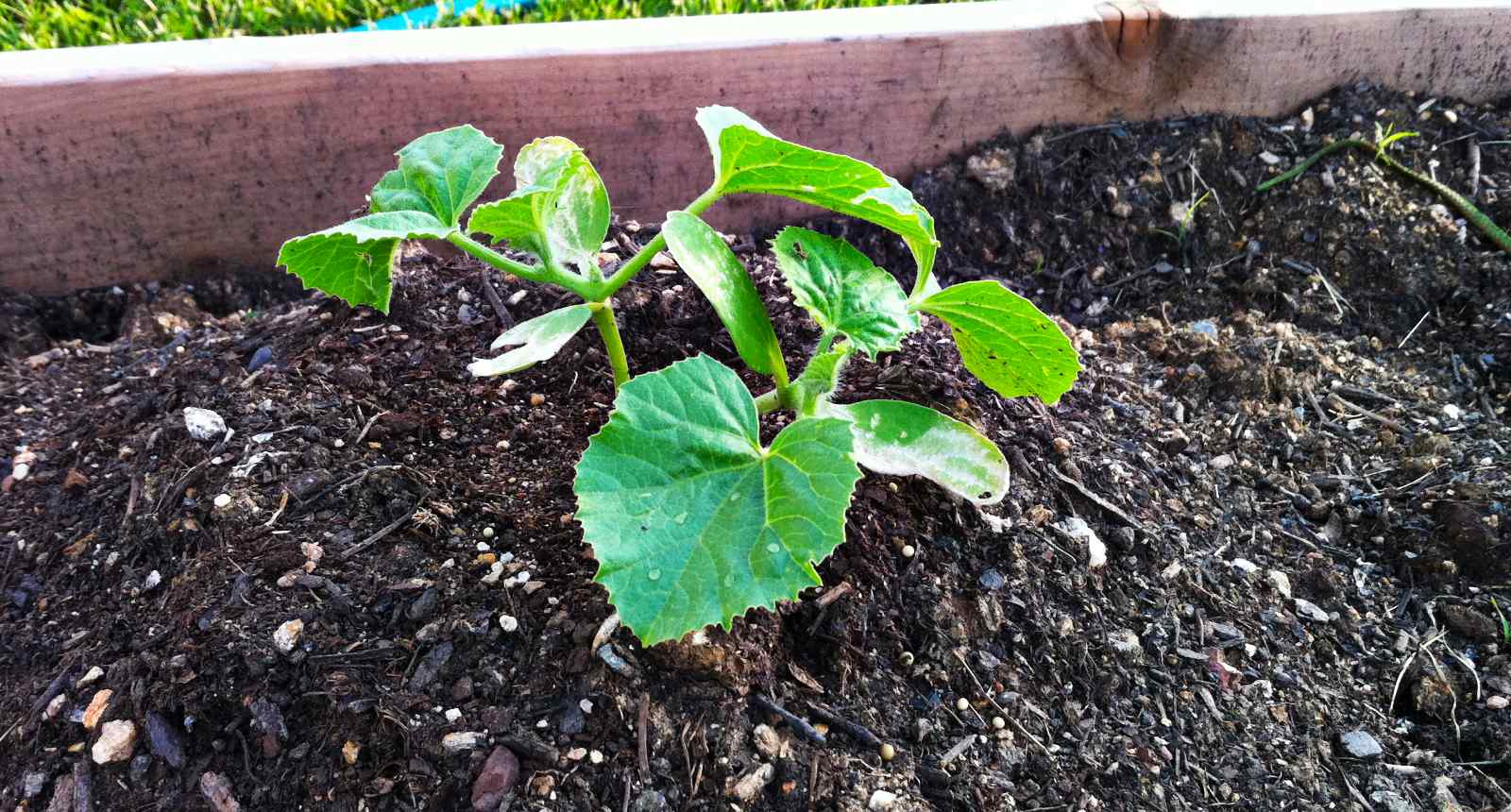
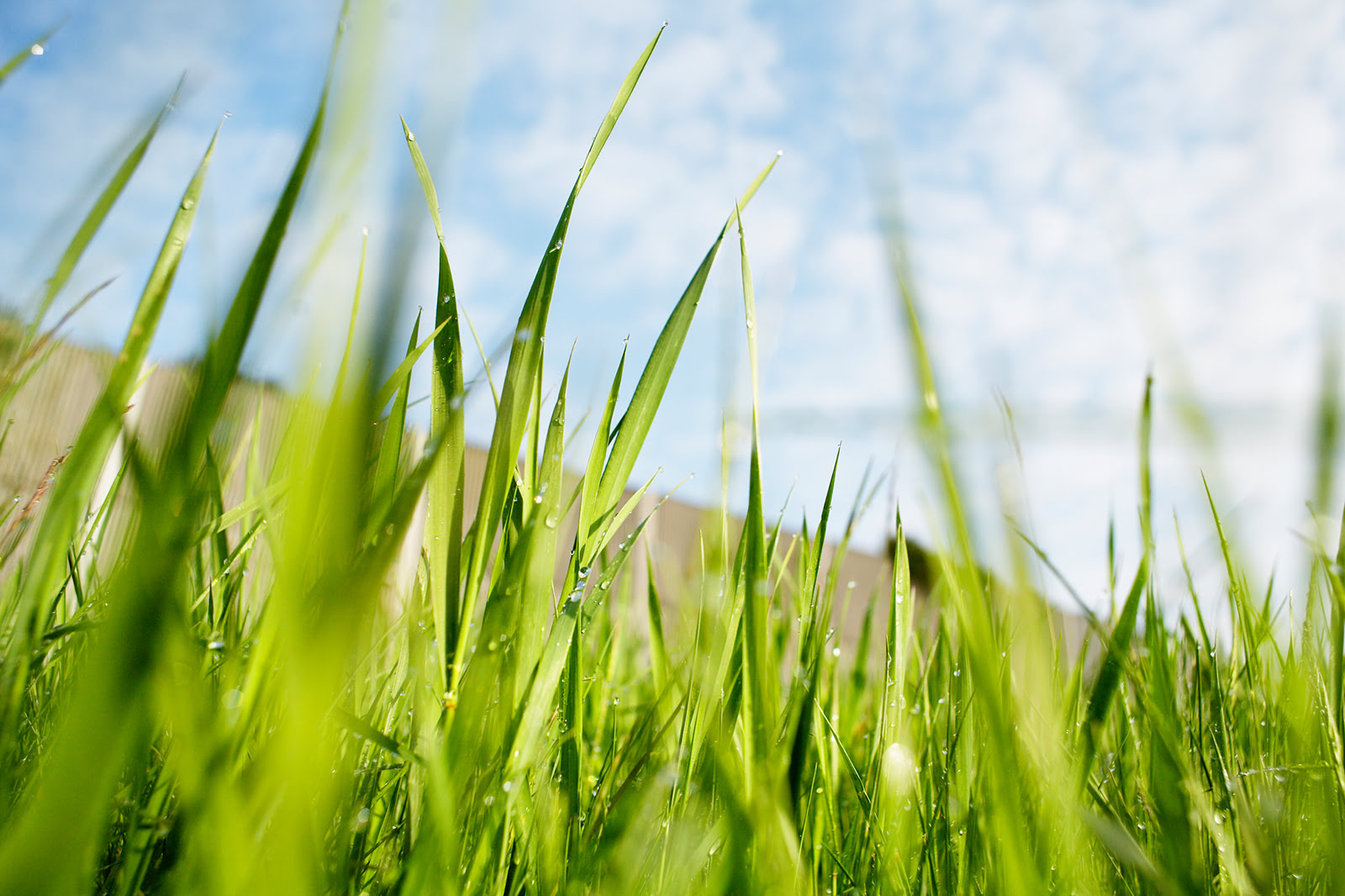
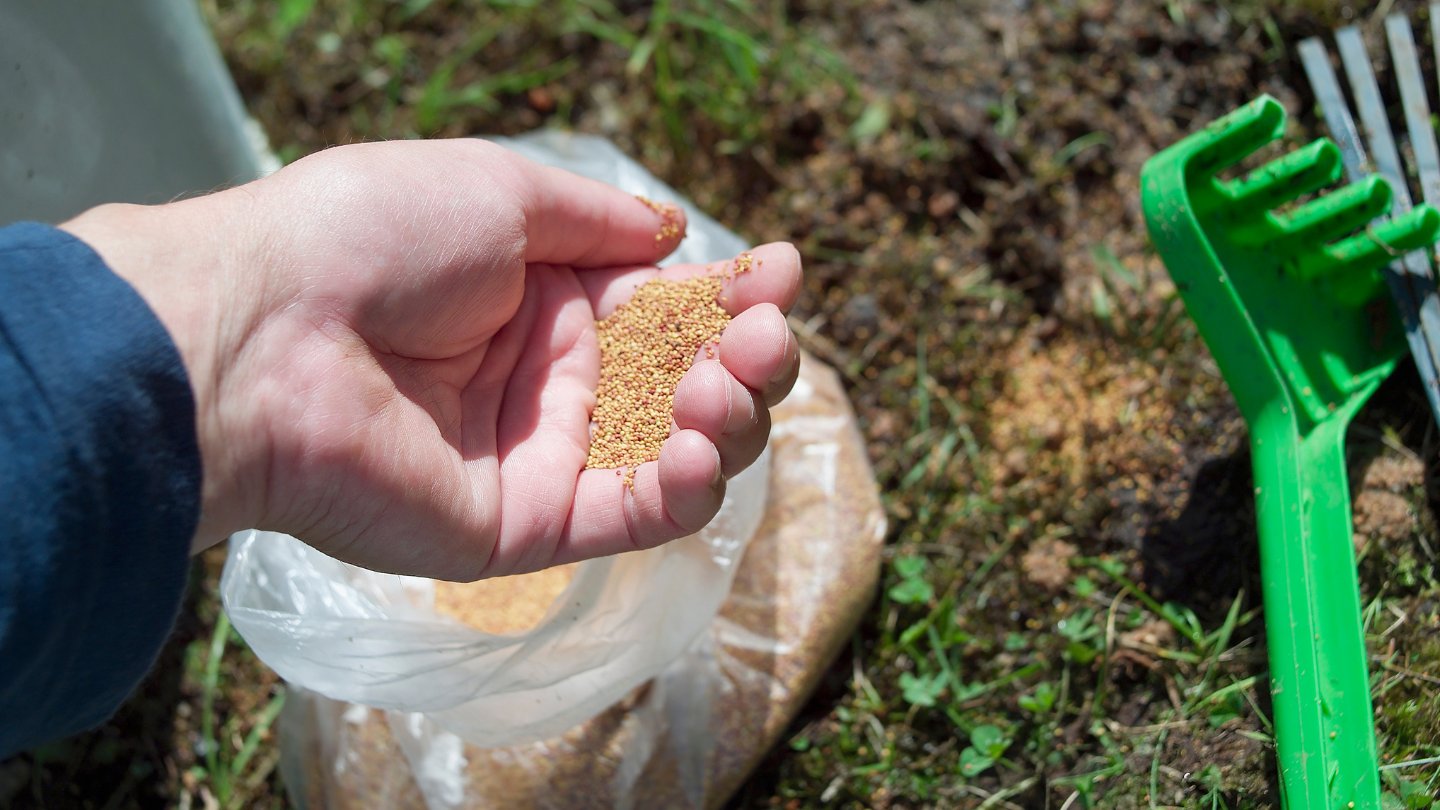
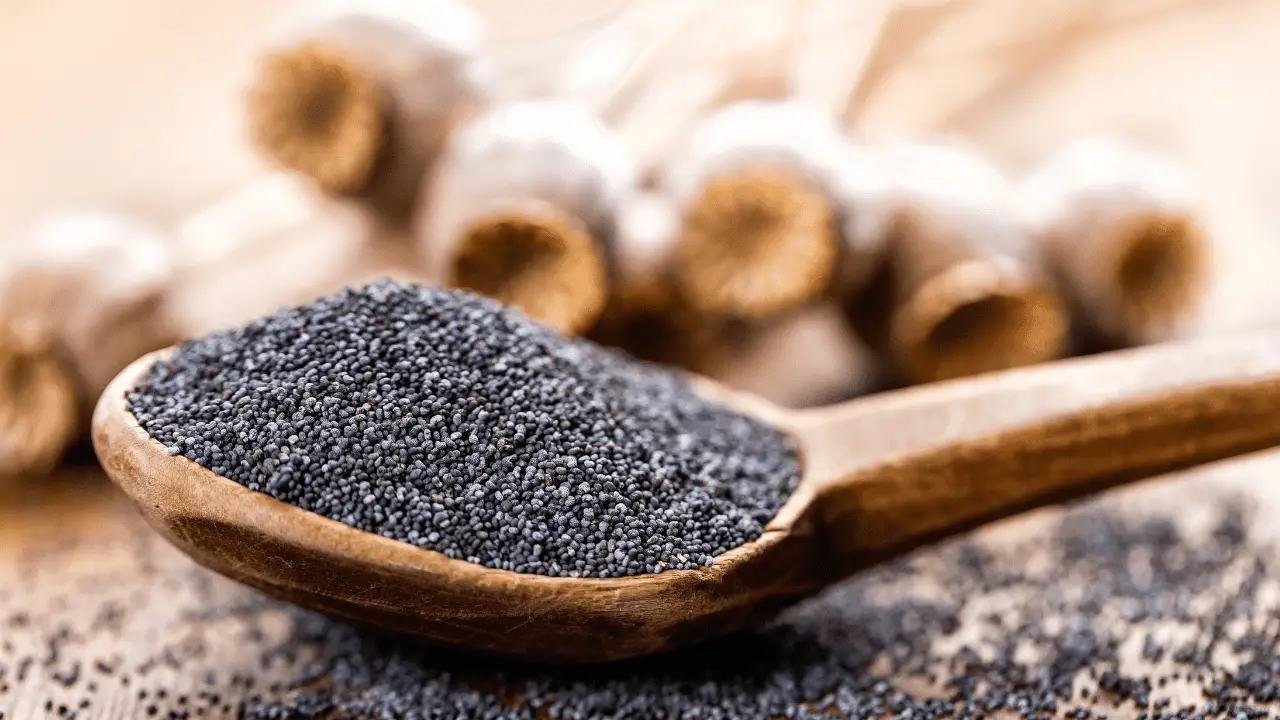
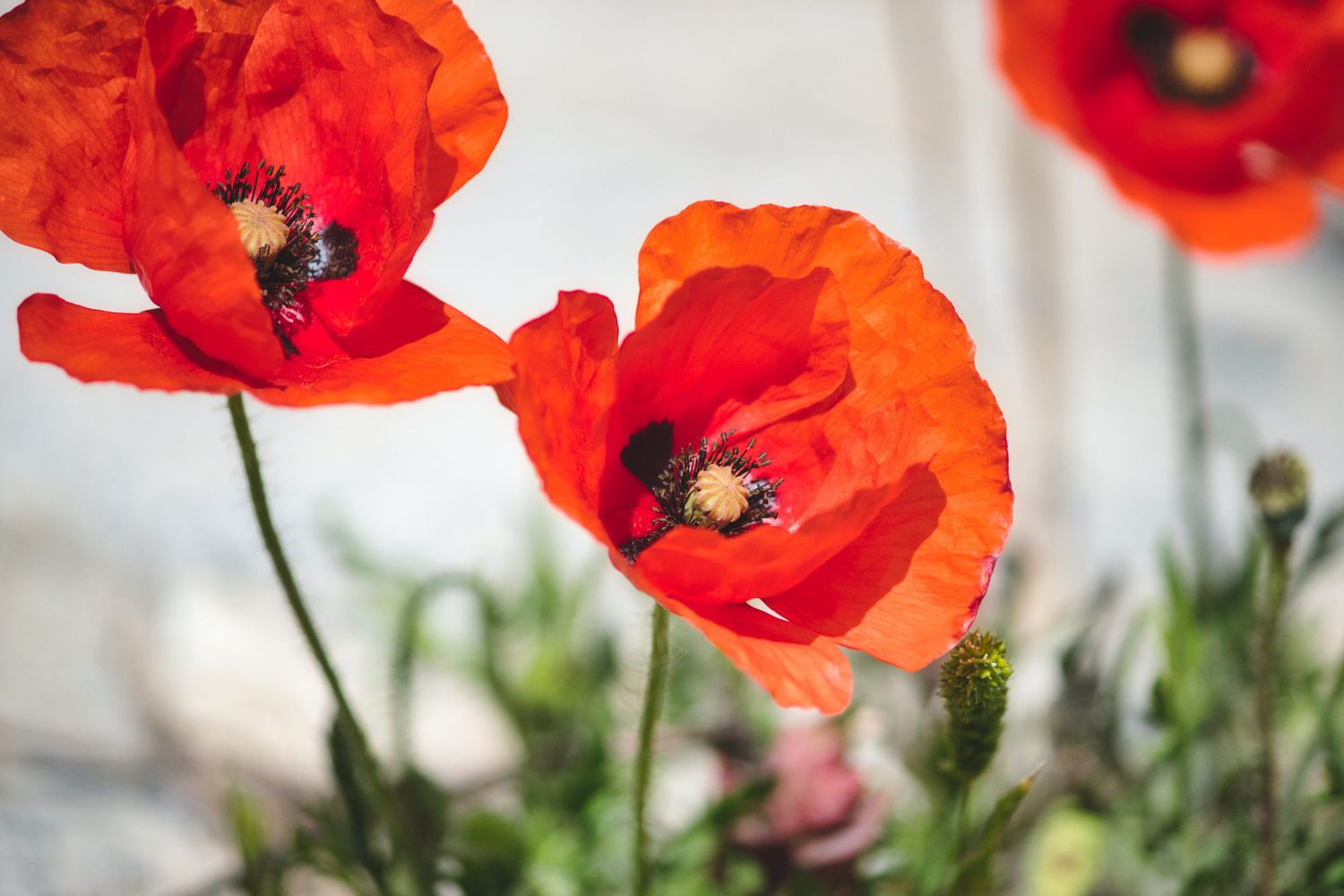
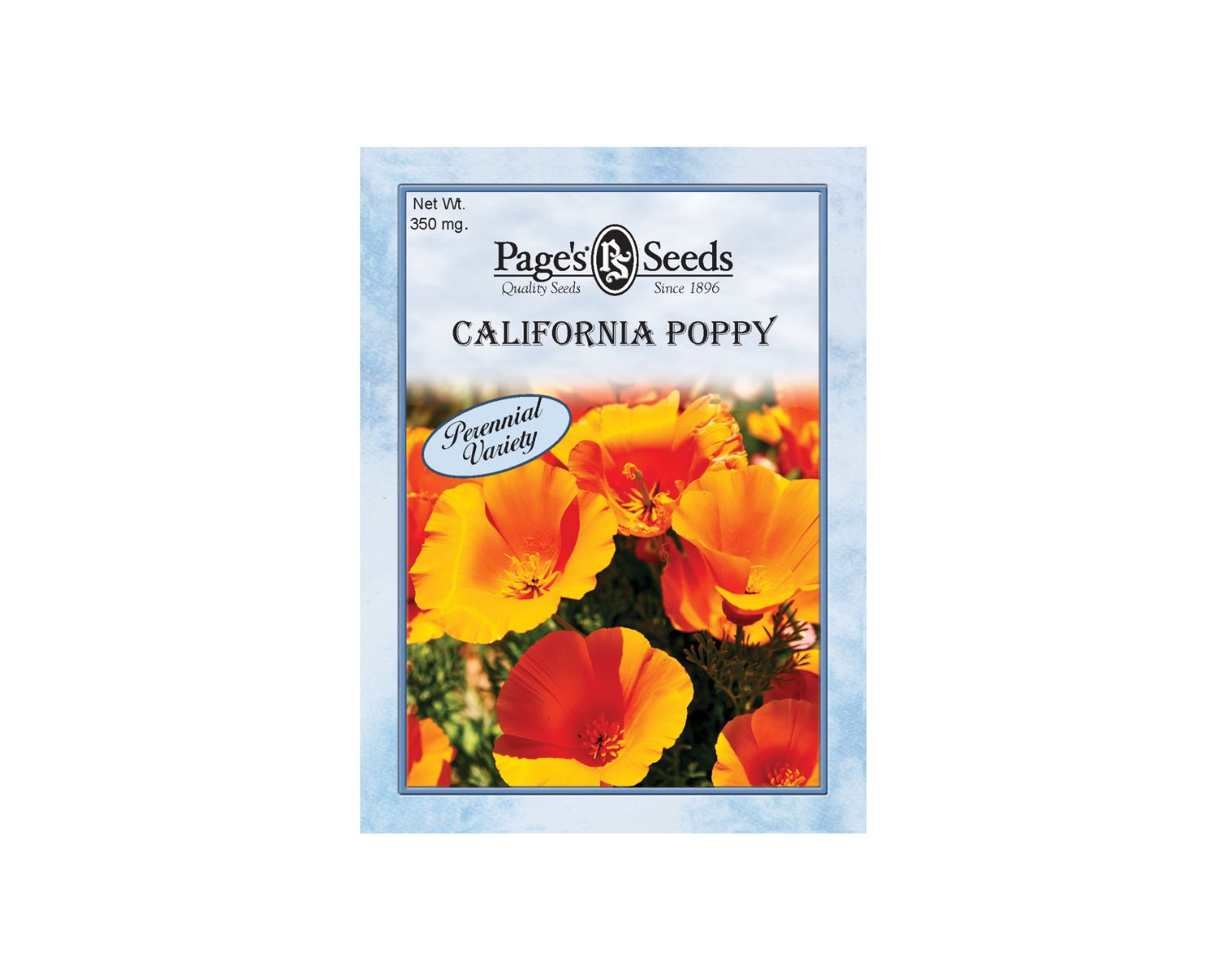
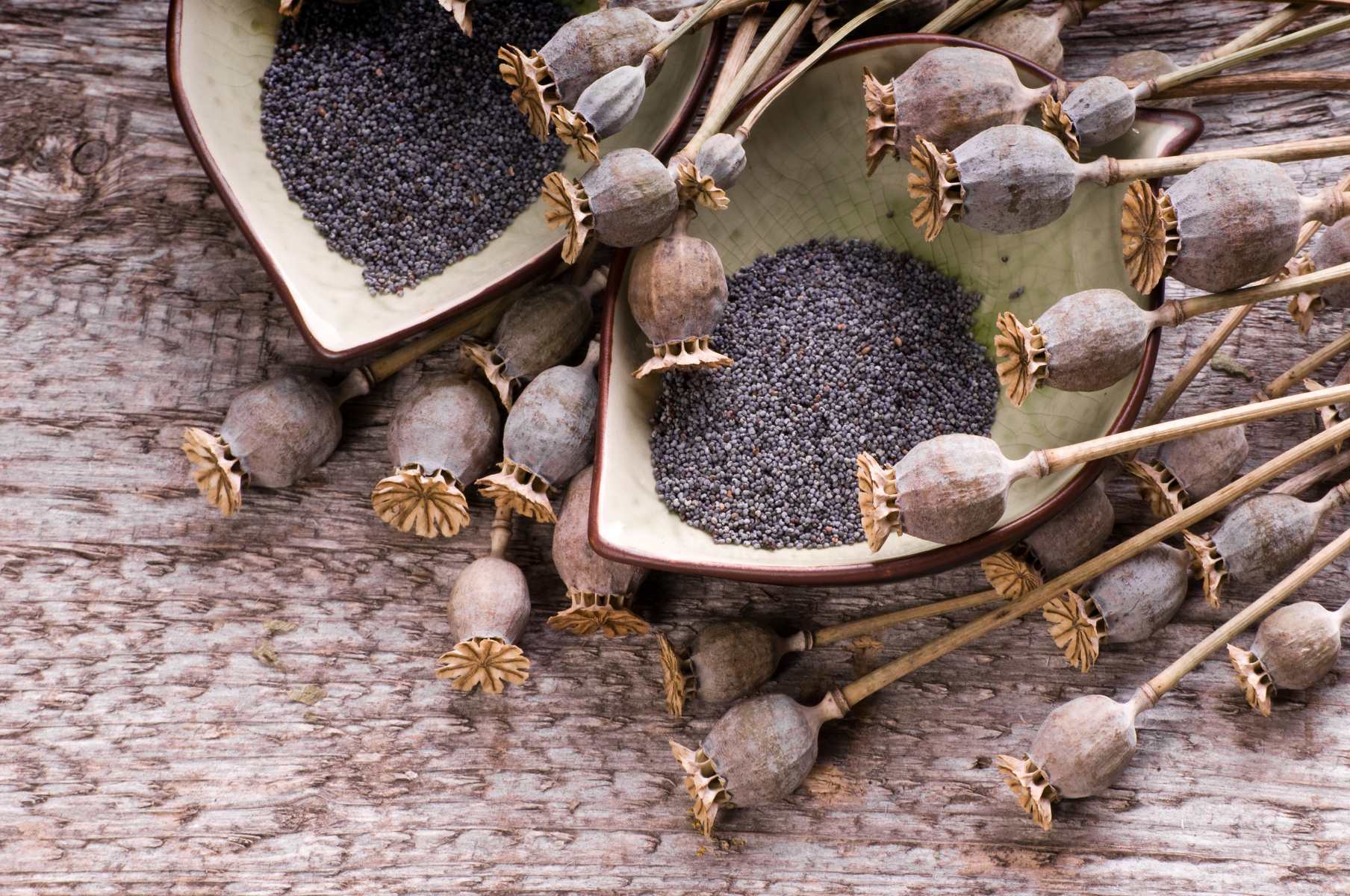
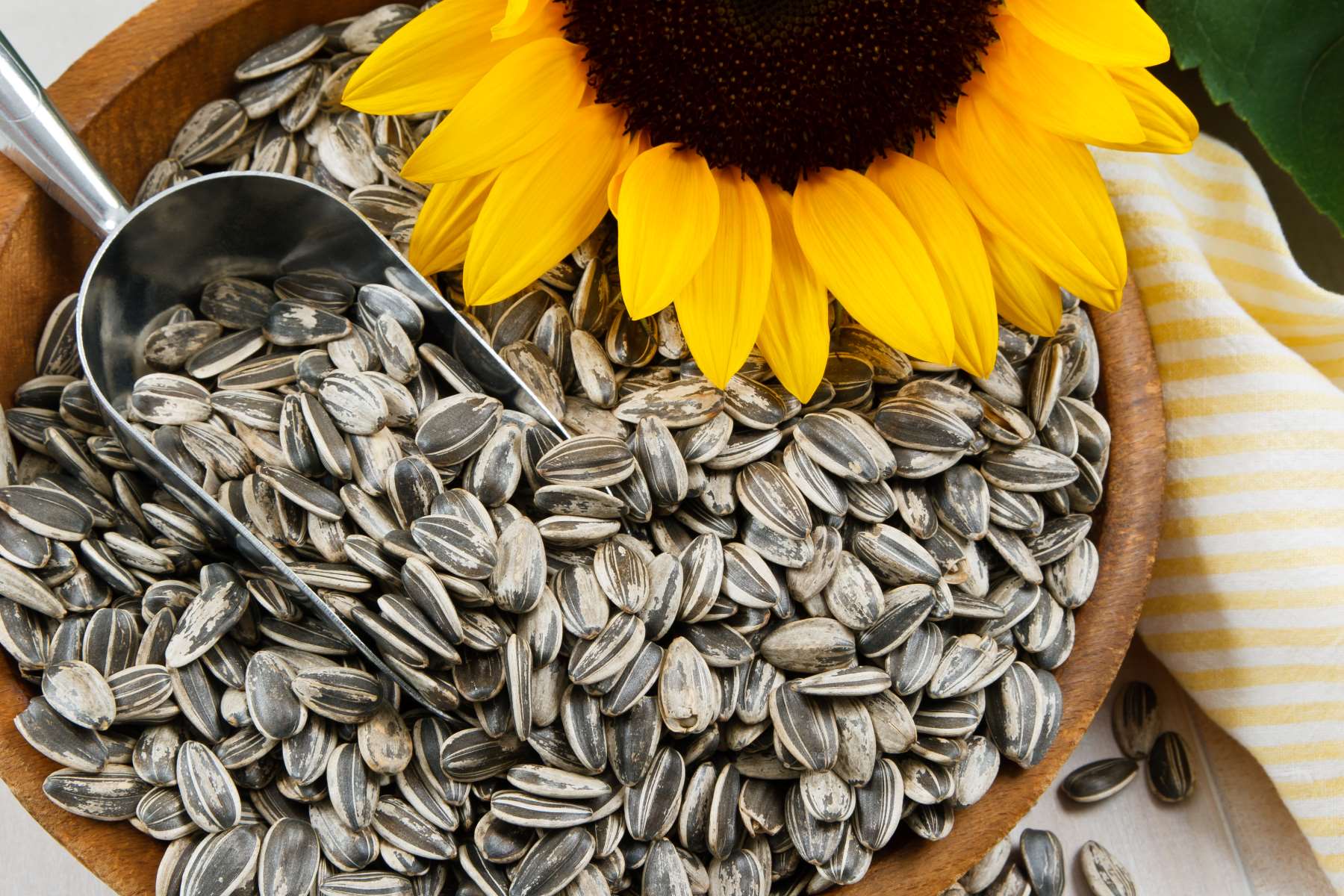
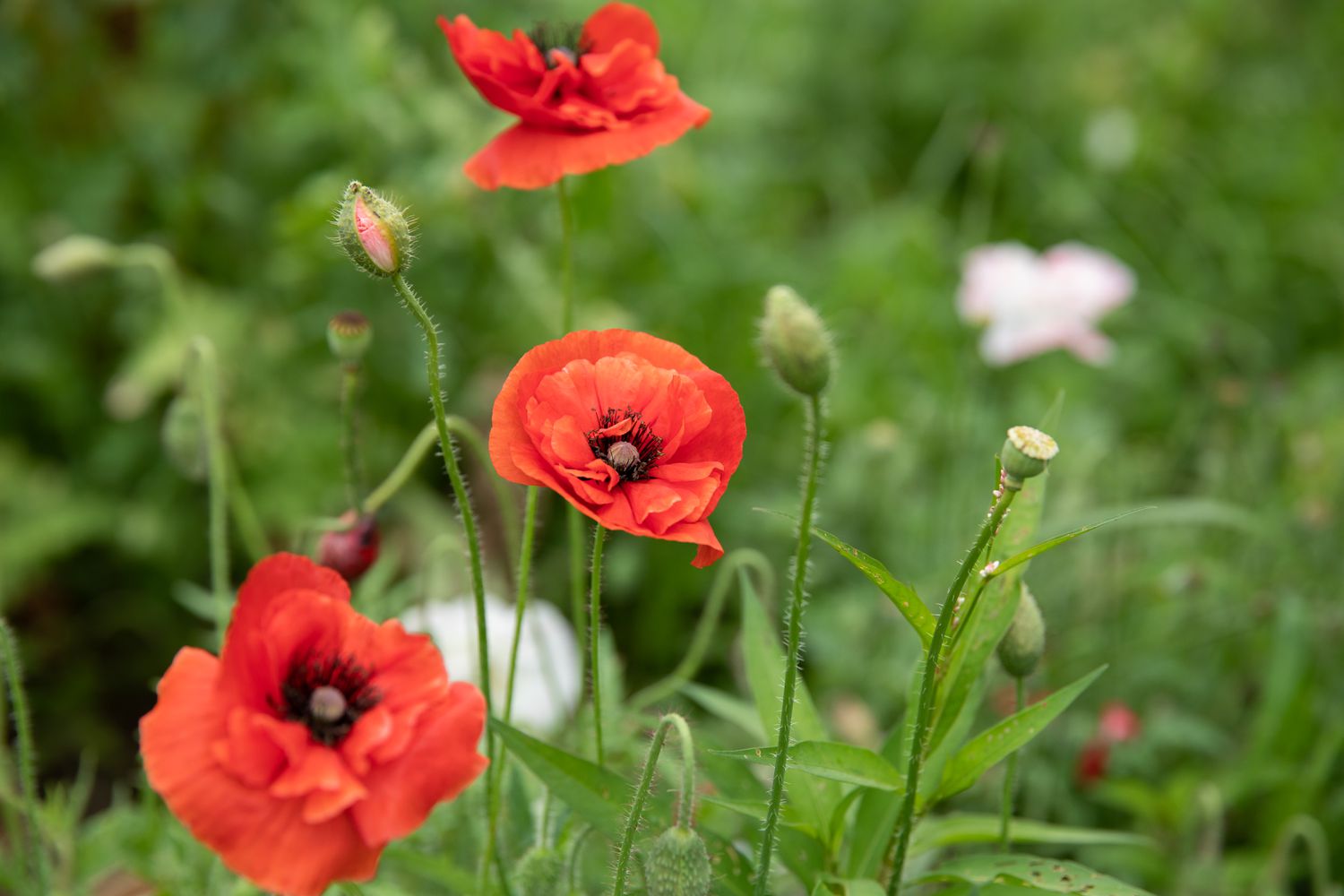
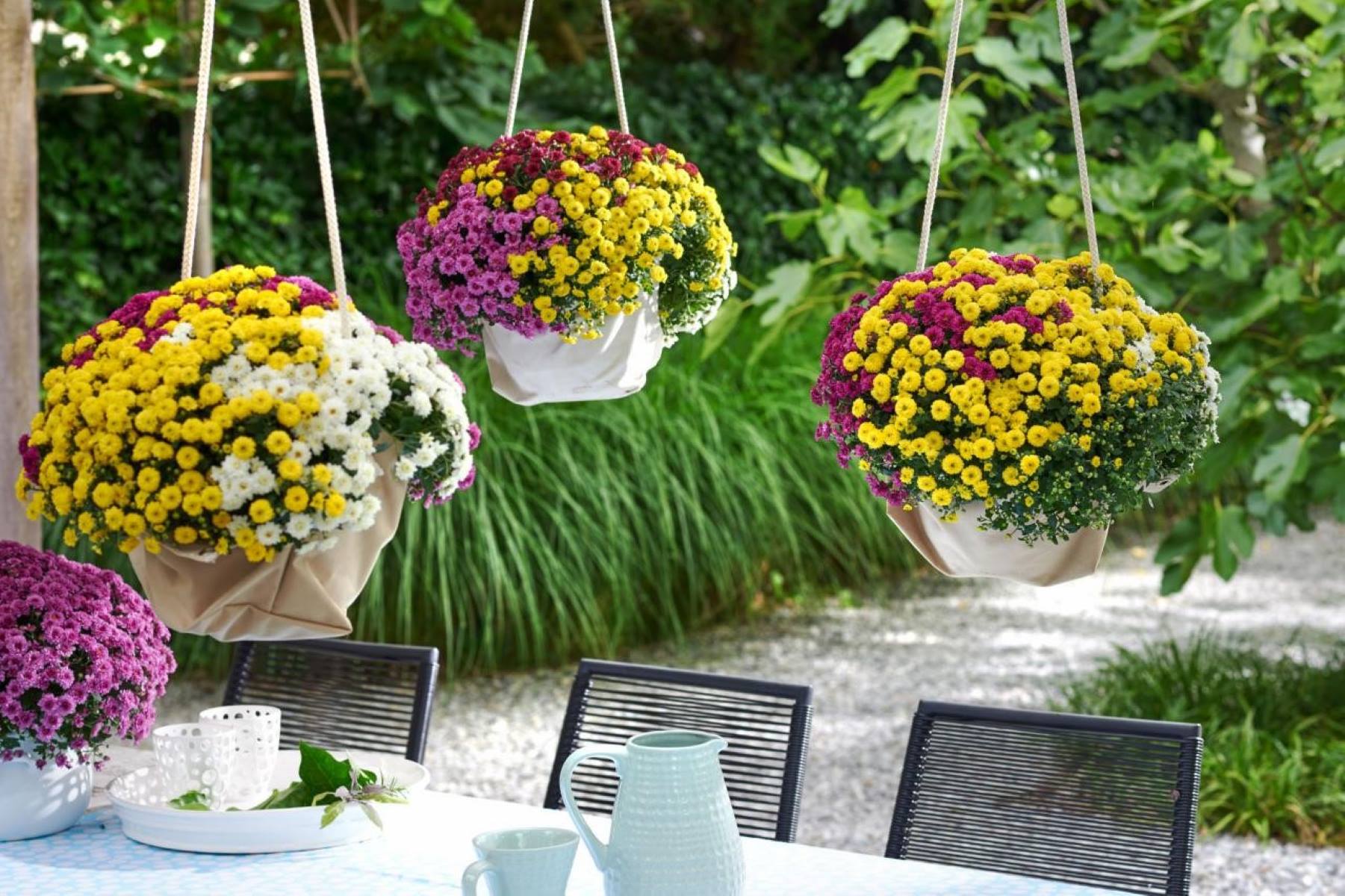
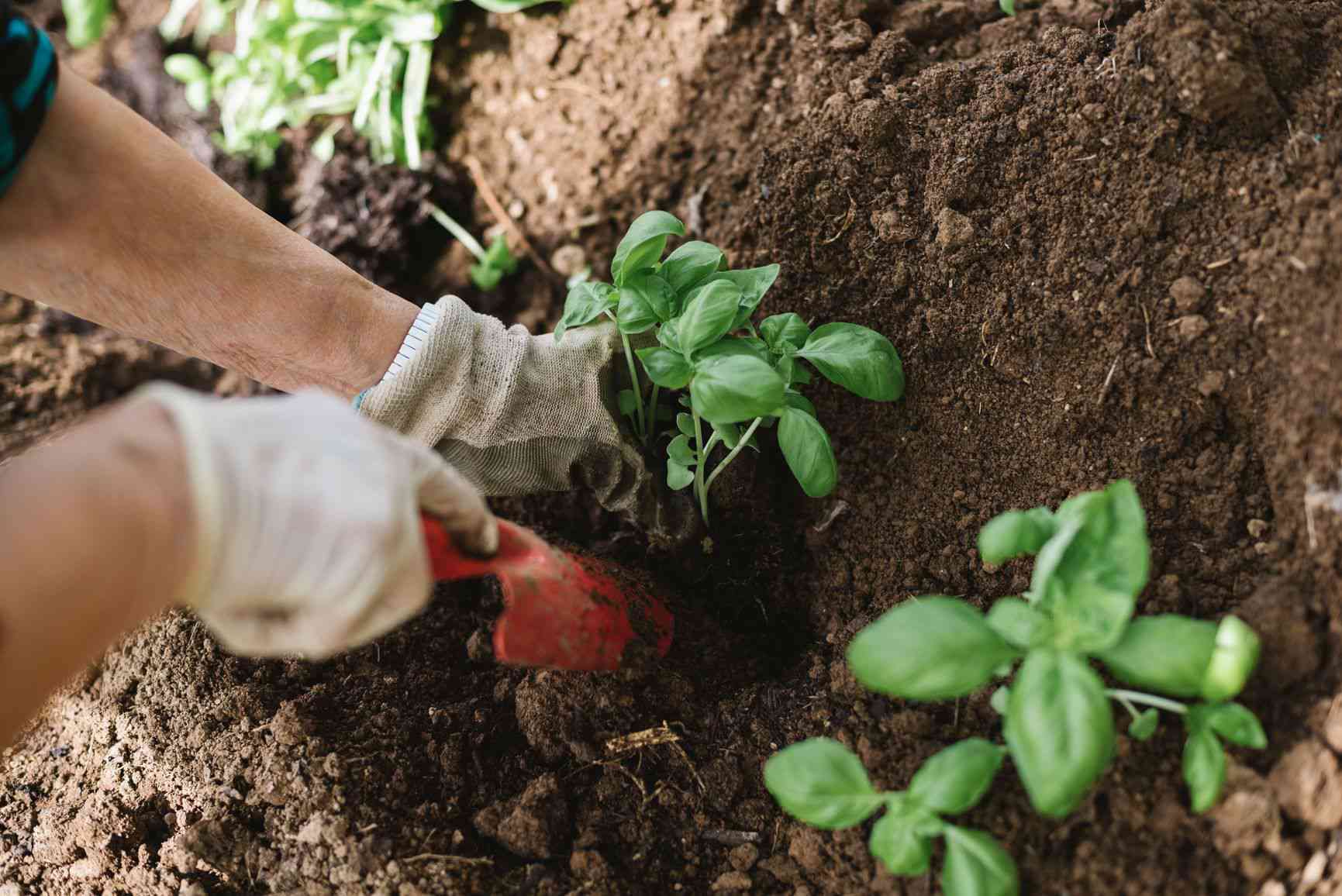
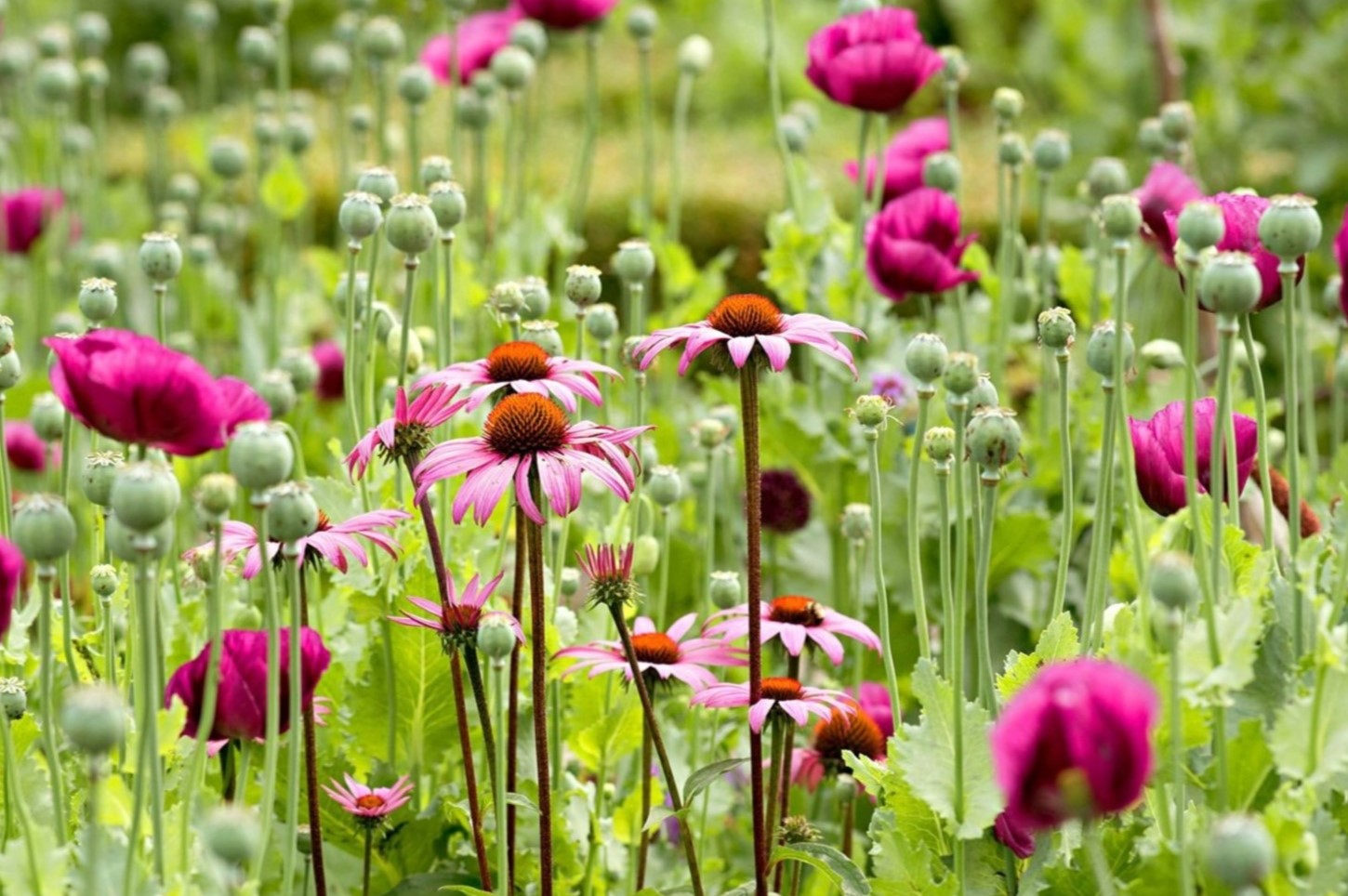
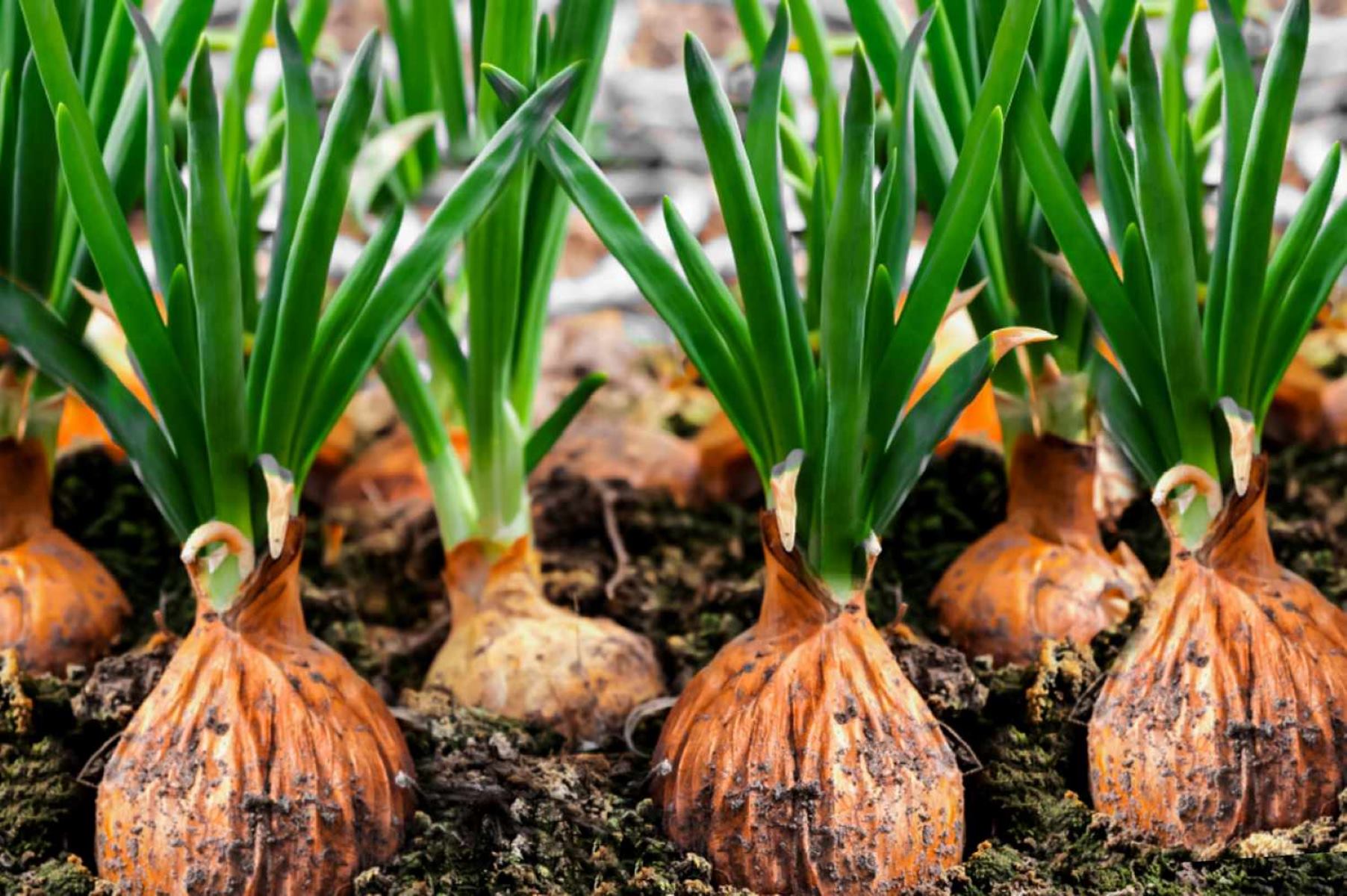

0 thoughts on “When Can I Plant Poppy Seeds”